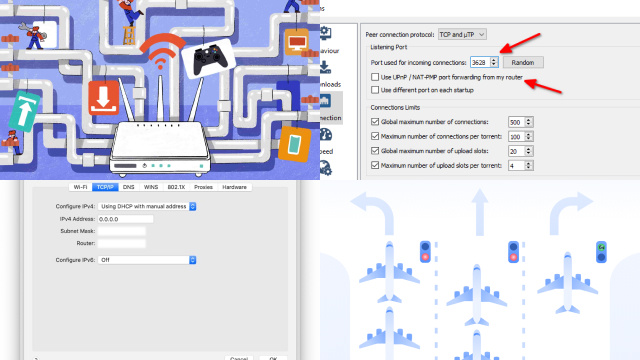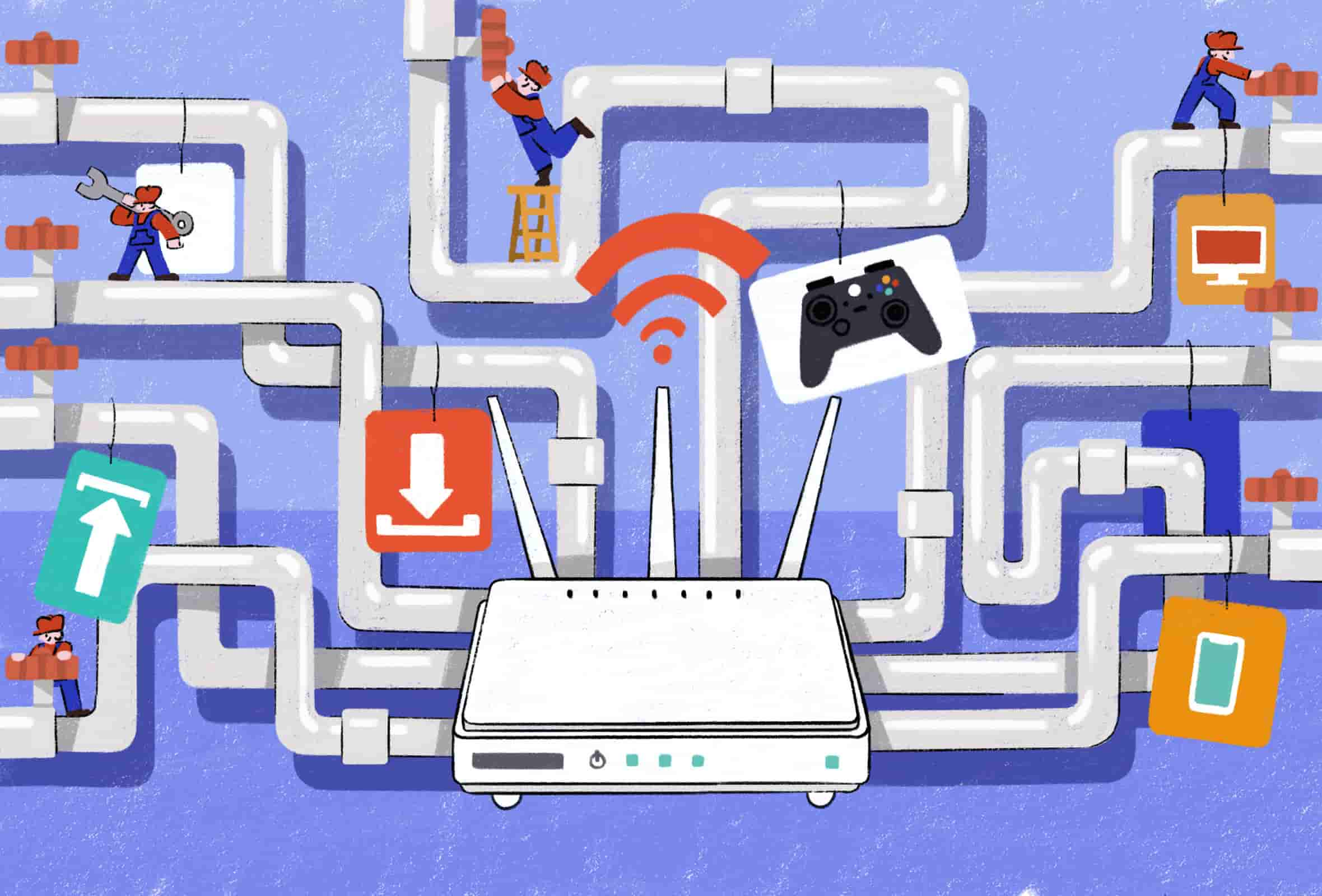Featured
Table of Contents
Troubleshooting Vpn Passthrough For Home Routers - Answer
The Routing and Remote Access snap-in lives within the Microsoft Management Console, understood as the MMC. There are multiple ways to access the MMC. You can choose the console from the Start menu's Programs alternatives, within the Administrative Tools folder within Windows server's Control board or by typing mmc at a command timely.
As Tech, Republic's Brandon Vigliarolo demonstrates within his video at the start of this post, the Solutions console shows the status of the Routing and Remote Gain access to entry. From within the Services console and with the Routing and Remote Access entry highlighted, you can click Start the Service or right-click the entry and select Restart.
Sometimes the VPN client and VPN server are set to utilizing various authentication techniques. Verify whether an authentication error is the problem by opening the server console. Another approach of accessing the MMC is to type Control+R to open a command timely in which you can type mmc and hit Go into or click OK.
If the entry isn't present, click File, select Add/Remove Snap-in, select the Routing and Remote Access option from the options and click Add, then OK. With the Routing and Remote Gain access to snap-in included, right-click on the VPN server and click Properties. Then, evaluate the Security tab to validate the authentication method.
Vpn Won't Connect? Common Vpn Problems And Fixes
Guarantee the VPN customer is set to the authentication technique specified within the Security tab. Typically the products just examined are accountable for a lot of VPN connection rejection mistakes. However other principles should be correct, too. For instance, if the Windows Server hosting the VPN hasn't signed up with the Windows domain, the server will be not able to authenticate logins.
Each Web-based VPN connection usually uses two different IP addresses for the VPN client computer. This is the IP address that's utilized to develop the initial TCP/IP connection to the VPN server over the Web.

This IP address typically has the same subnet as the local network and hence allows the client to communicate with the local network. When you established the VPN server, you should configure a DHCP server to designate addresses to customers, or you can create a bank of IP addresses to assign to customers directly from the VPN server.


If this choice is chosen and the effective remote gain access to policy is set to allow remote gain access to, the user will be able to connect to the VPN. I have actually been unable to re-create the circumstance personally, I have heard rumors that a bug exists in older Windows servers that can trigger the connection to be accepted even if the reliable remote access policy is set to deny a user's connection.
How To Troubleshoot Common Issues With Avast Secureline ...

Another typical VPN problem is that a connection is successfully established but the remote user is not able to access the network beyond the VPN server. By far, the most typical reason for this problem is that approval hasn't been approved for the user to access the whole network. To allow a user to access the whole network, go to the Routing and Remote Access console and right-click on the VPN server that's having the issue.
At the top of the IP tab is an Enable IP Routing check box. If this check box is made it possible for, VPN users will have the ability to access the remainder of the network, assuming network firewalls and security-as-a-service settings permit. If the checkbox is not chosen, these users will have the ability to access only the VPN server, however absolutely nothing beyond.
If a user is dialing straight into the VPN server, it's usually best to set up a fixed route in between the customer and the server. You can set up a fixed route by going to the Dial In tab of the user's homes sheet in Active Directory site Users and Computers and choosing the Apply A Fixed Path check box.
Click the Add Path button and after that get in the location IP address and network mask in the space supplied. The metric need to be left at 1. If you're using a DHCP server to appoint IP addresses to clients, there are a number of other problems that might trigger users not to be able to surpass the VPN server.
Common Vpn Error Codes And Solutions For Windows 11/10
If the DHCP server designates the user an IP address that is already in usage somewhere else on the network, Windows will spot the dispute and prevent the user from accessing the rest of the network. Another typical issue is the user not receiving an address at all. The majority of the time, if the DHCP server can't appoint the user an IP address, the connection will not make it this far.
254.x. x range. If the client is designated an address in a variety that's not present within the system's routing tables, the user will be unable to navigate the network beyond the VPN server. Other concerns can add to this problem, too. Make sure the resources the user is attempting to gain access to are actually on the network to which the user is linking.
A VPN connection to the other subnet might, in fact, be needed. A firewall program or security as a service solution could also be to blame, so do not forget to evaluate those solutions' settings, if such parts are present between the VPN server and the resources the user seeks to reach.
The very first possibility is that one or more of the routers included is performing IP package filtering. IP packet filtering could prevent IP tunnel traffic. I suggest examining the client, the server and any devices in between for IP package filters. You can do this by clicking the Advanced button on each machine's TCP/IP Residences sheet, picking the Options tab from the Advanced TCP/IP Settings Residence sheet, selecting TCP/IP Filtering and clicking the Properties button.
Table of Contents
Latest Posts
The Best Vpn Services For Business (Including Small ...
Business Vpn: What Is It And Which One Should You Consider?
9 Best Business Vpns For Work In 2023 - Teambuilding
More
Latest Posts
The Best Vpn Services For Business (Including Small ...
Business Vpn: What Is It And Which One Should You Consider?
9 Best Business Vpns For Work In 2023 - Teambuilding